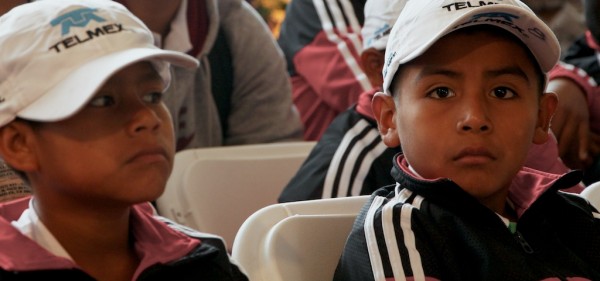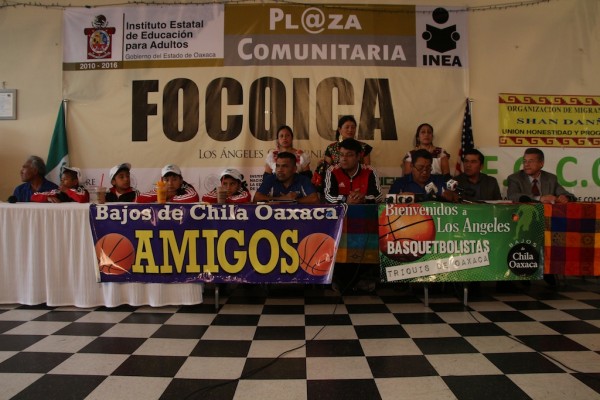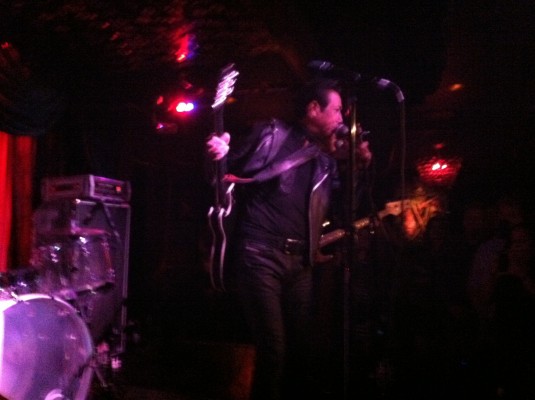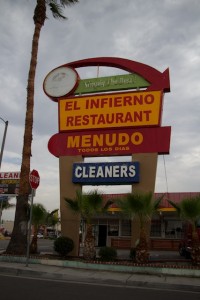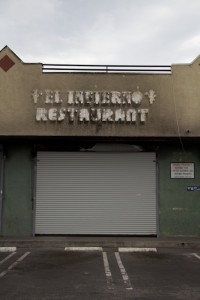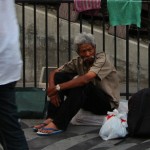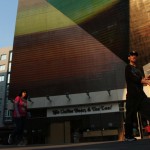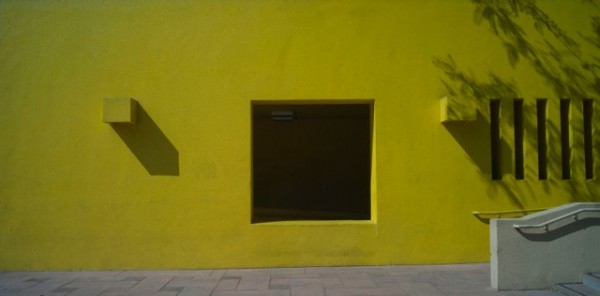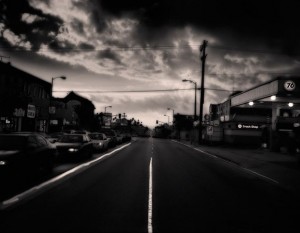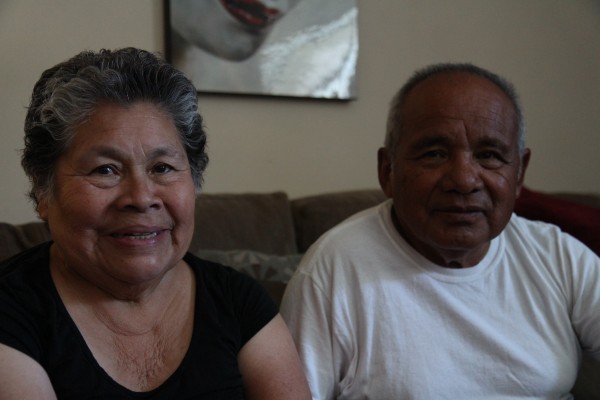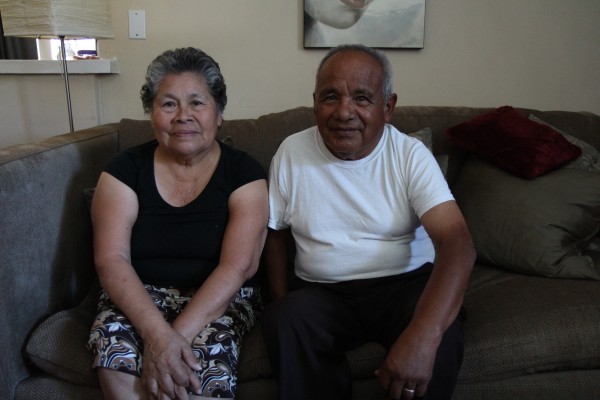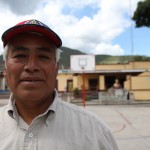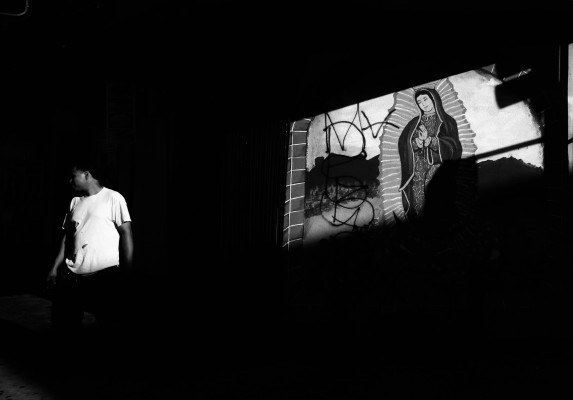The barefoot Triqui Indian basketball team, from the mountains of Oaxaca, is in Los Angeles for a couple weeks.
The team of 10 and 11-year-olds from the village of Rio Venado, Oaxaca was welcomed with a brass band and a press conference at Casa Oaxaca in Mid-City.
A full schedule awaits. A tournament next two Saturdays. Visits to UCLA, USC, Disneyland, and the Lakers. As well as meals at several of the many Oaxacan restaurants that have proliferated in Pico-Union and West LA in the last 10 years.
The team formed out of an academy set up three years ago in Rio Venado, with a focus on bringing education to the isolated Triquis in the mountains of Oaxaca.
Since then, the boys, playing barefoot, have become something of international stars. They won a tournament in Argentina. They’ve toured Orlando and played the San Antonio Spurs barefoot in Mexico City, winning 10-4.
 The Triquis (Tree-Kees) are considered among the poorest indigenous ethnic groups in Mexico. (Los Angeles has few Triquis, but they form a large part of the Central Valley agricultural labor force.) For years, the Triqui region has seemed stuck “in the 18th Century,” said Sergio Zuniga, the coach. “Their dream before was to finish elementary school and go the U.S.”
The Triquis (Tree-Kees) are considered among the poorest indigenous ethnic groups in Mexico. (Los Angeles has few Triquis, but they form a large part of the Central Valley agricultural labor force.) For years, the Triqui region has seemed stuck “in the 18th Century,” said Sergio Zuniga, the coach. “Their dream before was to finish elementary school and go the U.S.”
The academy formed to change that, with Triqui teachers. It adopted the attitude of making do with what it had available, which in Rio Venado doesn’t include tennis shoes. One thing that was available was basketball, which is a huge sport across the mountains of Oaxaca.
“In Mexico, we don’t teach the culture of competitiveness,” Zuniga said. “What we’re doing with these kids is teaching them competitiveness — that they learn to win and lose.”
Since then, the image of shoeless four-foot Indian basketball players has captured the imagination and sympathy of people across the continent.
The team amounts to a public-relations strategy to call attention to the long-forgotten Triqui region, where average education is four years. The Indian-taught academy spent its first 18 months without any help at all. But as the team garnered attention in the Washington Post and CNN, the Mexican government has supported it, promised to build houses for the players’ parents and pay for the kids’ education, including college.
“The idea for the school wasn’t to place blame [for the Triqui situation], but simply to act,” Zuniga said. “With Indians, we’re forming winners. This has astonished people [across the Americas] — how Indians are changing their history.”

